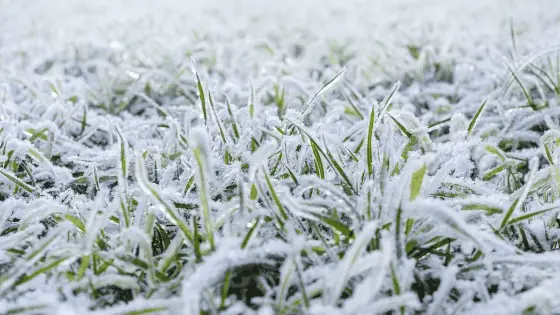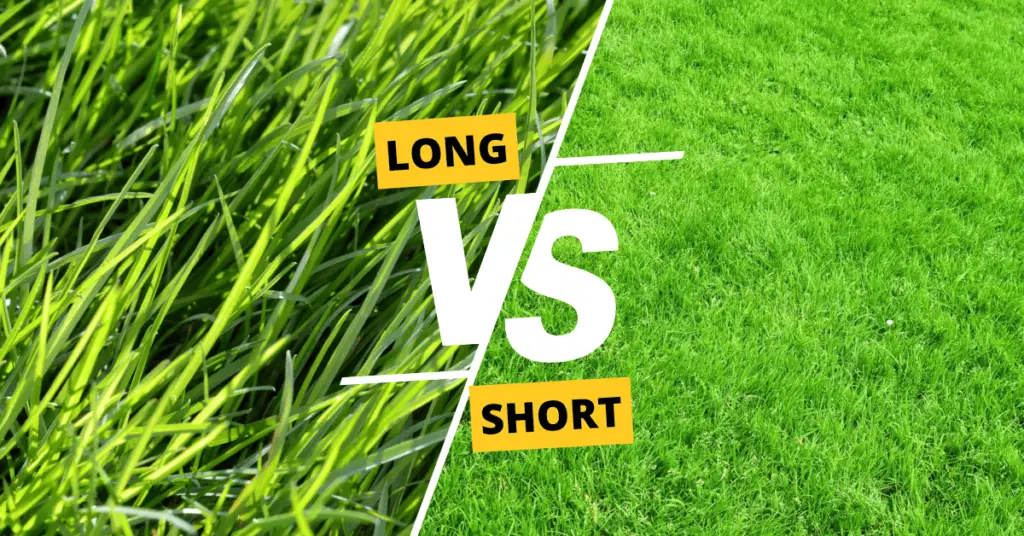Do you need to decide whether to leave your lawn long or short during winter? Many homeowners are faced with this problem as the season draws closer. While some contend that longer grasses are preferable, others assert that mowing it short is the best action. So, which one is the right choice?
There is yet to be a universally applicable solution to this problem; however, several critical elements must be considered. Becoming aware of the advantages and disadvantages of each choice is crucial before choosing one.
To ensure that your grass grows back lush and green in the spring, you must take care of its health during the winter. So, this article will help you understand whether to maintain your lawn long or short throughout the winter, whether you’re a lawn care specialist or an interested homeowner looking for the best approach to keep your grass healthy.
Maintaining your lawn during Winter
Many homeowners are unsure how to care for their lawns as winter draws closer. Leaving your grass long or short for the winter is one of the most often asked questions. The sort of grass you have, the local environment, and your tastes all have a role to play in getting the answer.

During winter, grass growth slows down and can even come to a halt, and this dormancy period is necessary for the grass to conserve energy and prepare for the next growing season.
Despite these issues, it’s crucial to maintain your lawn during the winter. In this period, neglecting your lawn can result in various issues, such as weed development, bug infestations, and disease. Caring for it over the winter ensures that your grass is still strong and bright come spring.
Photosynthesis, the process by which plants produce food, usually requires long grass blades. They are necessary for the process to be successful. The amount of photosynthesis plants can do diminished during the winter by fewer days and lower sunshine. Accordingly, longer blades are more effective at nourishing the grass, promoting the development of healthier and stronger roots.
On the other hand, short grass blades are less susceptible to harm from winter weather, such as snow, frost, and ice. A fungal disease known as snow mold that flourishes in long grass is less likely to occur when the grass is shorter.
The Benefits of Leaving Your Lawn Long
Leaving your lawn long during winter has its pros and cons. Let’s start with the pros.
Developing healthier and stronger roots is one of the major advantages of leaving your grass uncut for an extended period during the winter.
Also, longer grass blades may store more energy in the roots because they better catch sunlight and nourish the grass. For the grass to survive the winter and recover stronger in the spring, it needs this energy.
Maintaining long grasses has the added benefit of protecting the soil from harsh fluctuations in temperature. This insulating effect is crucial in climates with temperature fluctuations, where the ground may repeatedly freeze and thaw over the winter. Longer grass blades shield the soil from these changes in temperature by acting as a natural blanket.
However, there are drawbacks to keeping your grass long. The possibility of snow mold, a fungal disease that flourishes in tall grass, affecting it is one of the major disadvantages. Snow mold can kill these grasses and leave bare spots and patches on your lawn, making them unattractive to the eyes.
The Benefits of Cutting Your Lawn Short
The reduced risk of snow mold is one of the significant benefits of cutting your grass short. Long grass is ideal for snow mold growth, which may seriously harm your lawn and make it unsightly. You will have a healthier lawn in the spring if snow mold development is erased. This is highly likely when you have shorter grasses.
A further benefit of keeping the grasses on your lawn short is that it lessens the risk of damage from winter weather, such as snow, frost, and ice. The stress on the grass blades and roots due to heavy snow is reduced since shorter grass is less likely to be weighed down by heavy snowfall.
However, cutting your lawn short also has its downsides. One of the significant disadvantages is that it can weaken the grassroots. Shorter blades mean less surface area for photosynthesis, which translates to less food production for the grass. Weaker roots can lead to a lawn more susceptible to damage and disease.
Finding the Right Balance
There are a few important things to consider when trying to strike the ideal balance between long and short grass for the winter. It’s crucial to first and foremost take into account the particular climate and weather patterns in your area. For increased insulation and protection for your lawn, you might want to err on the side of longer grass if you reside in an area with exceptionally severe winters.

The sort of grass that is growing on your lawn is another crucial factor. Some types of grass are better adapted to colder climates, while others need less upkeep in the winter. Still, others might benefit from less upkeep in the winter, while others might benefit from being shorter to ward off damage and illness.
Beyond these factors, finding the right balance may also involve some trial and error. Experimenting with different grass lengths and monitoring the health and appearance of your lawn throughout the winter can help you determine what works best for your particular situation.
Ultimately, whether to leave your lawn long or short for the winter will depend on various factors, including your climate, grass type, and personal preferences. By taking the time to consider these factors and experimenting with different approaches carefully, you can ensure that your lawn stays healthy and vibrant throughout the colder months.
Conclusion
The type of grass you have, the temperature where you live, and your personal tastes will all influence your decision to keep your lawn long or short over the winter. Shorter grass can prevent the growth of weeds and other undesired plants and make it simpler to prepare for the winter, while longer grass can insulate the grassroots and require less upkeep.
Whatever your choice, it’s critical to maintain care for your lawn over the winter to avoid weed growth, pest infestations, and disease. This entails raking leaves, clearing debris, and providing enough water and nutrients for the grasses. By finding the right balance between lawn length and maintenance, you can ensure that your lawn remains healthy and vibrant throughout the winter season.
Now that you know this, take the time to care for your lawn during the winter months, and you’ll be rewarded with a beautiful and healthy lawn come springtime.






